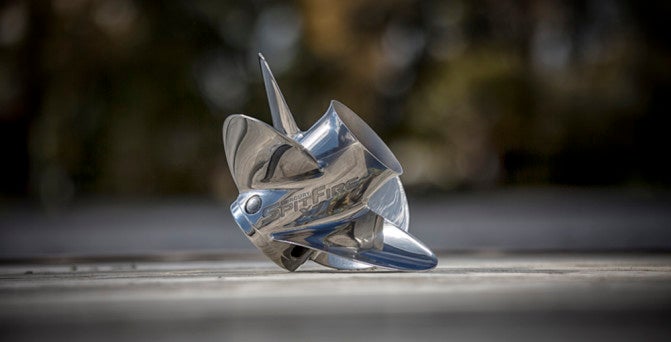
Small changes can deliver big results
If you’re like most people, you wouldn’t mind squeezing even a little more performance out of your boat. One of the easiest and least expensive ways to do this is to take a good hard look at your propeller.
A propeller is to your boat what tires are to your vehicle. Like tires, propellers come in a variety of styles and sizes that are intended for different uses. If you really need snow tires, radials won’t do, no matter how good they are. Propellers are no different.
When you buy a boat the engine often comes with a basic, all-purpose propeller that the dealer assumes will do most things fairly well. It’s a compromise propeller and for most people, it’s all they ever need.
If the dealer is sharp, they will ask for a buyer’s basic operating requirements and a wish list when they take the order to begin with. For example, will the buyer be driving the boat at full throttle most of the time? Or will they troll at idle speeds for hours on end? What are the water conditions when the customer goes boating generally like? How important is a fast hole shot and rapid acceleration? The answer to these basic questions can influence propeller selection.
If you’re looking to improve performance, start by taking a look at the motor manufacturer’s propeller chart. These handy guides make it relatively easy to select a prop diameter and pitch that will make a given boat perform within an approximate speed and rpm range, based on the size and weight of the boat, the engine installed and the way that it’s used. But taking it farther than that – selecting a prop that truly maximizes the boat’s performance – is another matter entirely. There’s a lot of variables to consider.
Assuming your boat is set up correctly, and the basic pitch and diameter sizes have been calculated, you need to document your boat’s current performance. What is your maximum rpm reading at full throttle? How high do you have to trim the engine to achieve this speed? How many seconds does it take to plane? How long does it take to go from 0 to top speed? What is your top speed? Does your engine ventilate or cavitate when trimmed positive at full speed? At 0 degrees? What is your boat’s angle of attack at optimum speed? Where is your engine trimmed? Do you feel the engine is straining, or working too hard?
These questions shouldn’t be difficult to answer, but few people keep tabs on this kind of information. At first it sounds a little overwhelming, but even though many boaters can’t pinpoint exactly what is happening, they can usually point out what isn’t. That’s a key.
If you have just taken delivery of a new boat, start by checking the owner’s manual for the engine to determine what rpm the engine should be turning at when run at wide open throttle. If your rpm are above that value, you probably need a higher pitch propeller. If your rpm are too low, try a smaller prop. If the prop slips, ventilates or cavitates to excess, especially in a straight line or when trimmed in, you might have a setup problem, or you could be set up with the wrong style of prop altogether.
Propellers are expensive, especially when you get into the stainless steel and high-performance models. Ideally, it’s best to request a testing session with as many props as you can lay your hands on before you buy. If you’re purchasing a new rig (boat, motor, propeller combination), negotiate this into the deal before signing a contract.
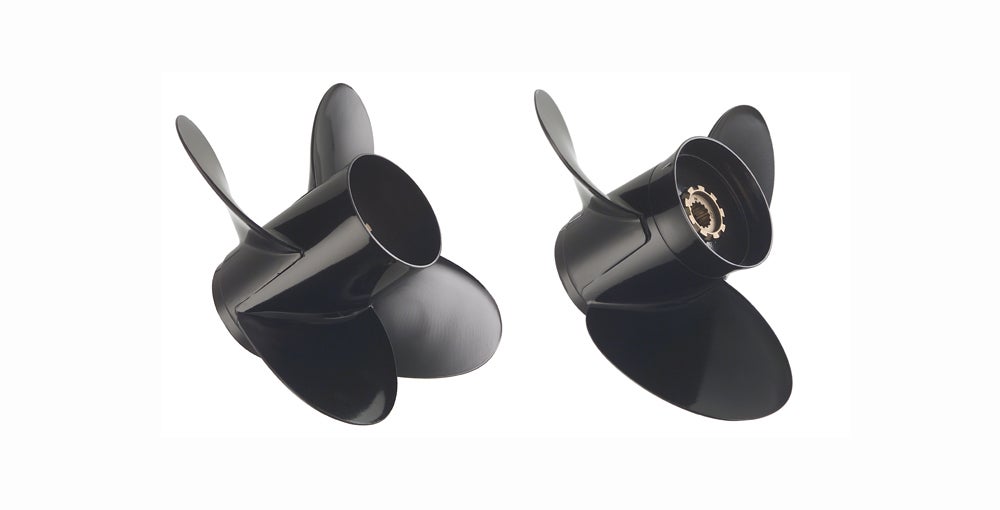
Ask if you can test drive your new boat with several different propellers before signing the deal. You may find a significant difference in performance by switching from a three-blade prop, for example, to a four-blade version.
If you already own a boat and want to buy a propeller only, your options are limited. A dealer may let you test a propeller or two (and likely demand you leave a sizable deposit). If you can arrange to test two or more propellers at the same time, lay out a 3/4-mile oval-shaped course on the water, similar to a race track. It’s best to choose a weekday for this, when weekend traffic isn’t likely to interfere with your session. Six large bleach bottles sprayed bright orange make great marker buoys. Anchor them in place then dig out your stopwatch. If you have a companion, have him or her time you from a point on the shore for more accurate results. If you are alone, press “start” as you pass by a buoy down the straightaway and “stop” the next time around. It’s crucial to maintain consistency in your driving and trimming for your tests to be accurate. In most instances the smaller the pitch, the faster you’ll accelerate; the higher the pitch the faster your top speed – provided your engine revs within a safe rpm operating range, of course.
During your tests, keep a close eye on your tachometer to ensure the engine doesn’t over-rev. Don’t worry about speed, since your stopwatch will tell you what prop is faster. For acceleration tests, drive from buoy to buoy, recording the time it takes to run the distance. You can time hole shots and any other 0-to-“X” mph runs to determine what propeller is best suited to your particular style of driving.
But don’t get caught up in trying to stretch yourself or your equipment past safe limits. You’re not trying to break speed records. Keep your driving consistent and watch how the boat handles, both in a straight line and through the turns. A four-bladed prop might work better than a three-blade, or a five-blade better than four. If propeller A is just slightly quicker than propeller B, but B handles much better, then you have a decision to make based on your personal comfort. A better-handling prop might also be faster in rough water than the fastest prop in calm conditions.
Having the right prop for your boat and your personal driving style can make a huge difference in how your boat performs. Trying a few different propellers might just surprise you. And even if you wind up with the prop you started with, you’ll know it’s the right choice, and learn a lot about your boat along the way.
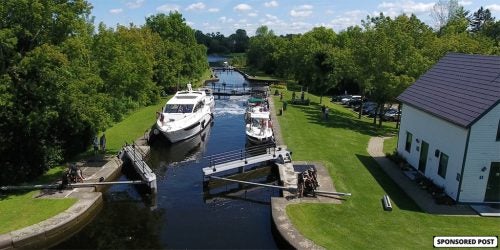
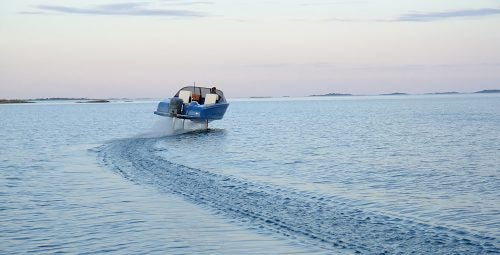

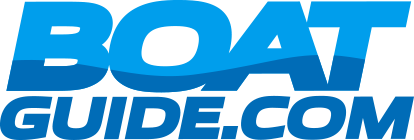

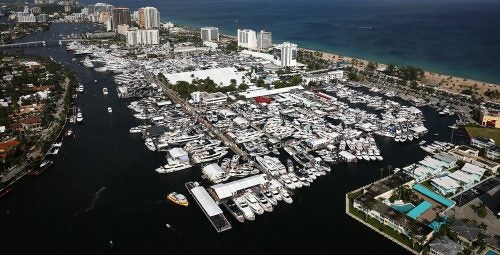 Fort Lauderdale International Boat Show Preview
Fort Lauderdale International Boat Show Preview 10 Best New Boat Accessories at IBEX 2021
10 Best New Boat Accessories at IBEX 2021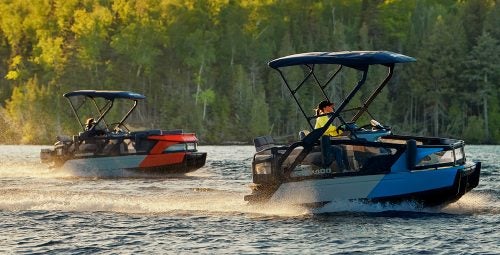 2022 Sea-Doo Switch Pontoon Boat Lineup Unveiled
2022 Sea-Doo Switch Pontoon Boat Lineup Unveiled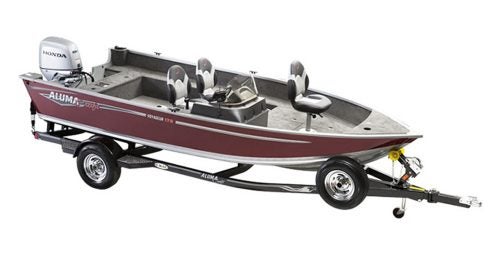 BRP Enters Fishing Boat Market with Purchase of Alumacraft Boat
BRP Enters Fishing Boat Market with Purchase of Alumacraft Boat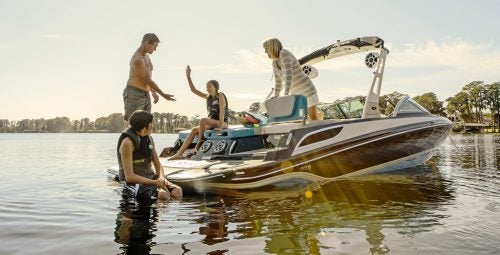 Volvo Commits To Electric Power By 2021
Volvo Commits To Electric Power By 2021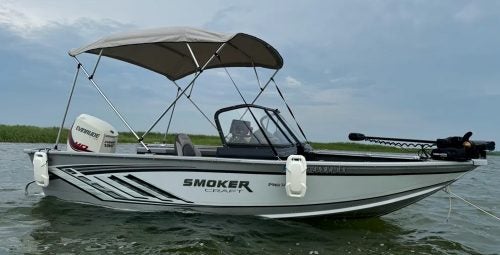 Kemimoto 4 Bow Bimini Top and Boat Bumper Review
Kemimoto 4 Bow Bimini Top and Boat Bumper Review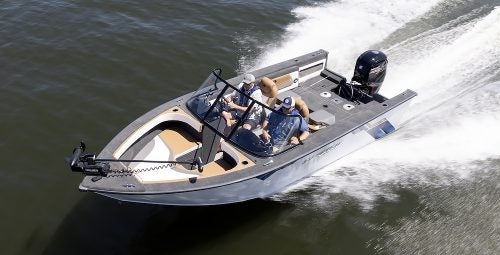 Starweld Victory 20 Review
Starweld Victory 20 Review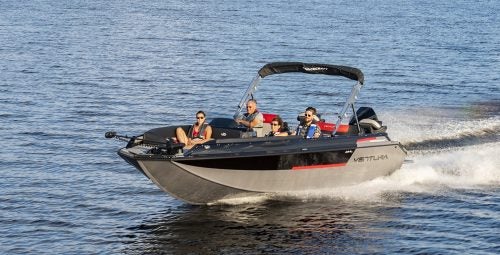 Princecraft Ventura 23 RL Review
Princecraft Ventura 23 RL Review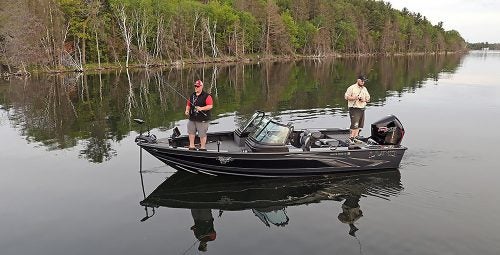 Lund 2075 Pro V Review
Lund 2075 Pro V Review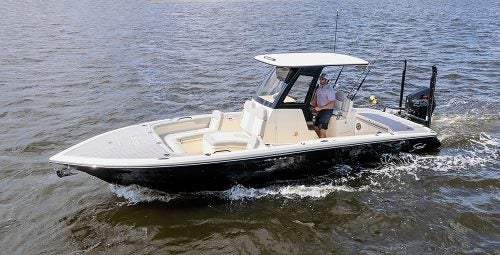 Scout 281 XSS Review
Scout 281 XSS Review Fuel Saving Tips For Boaters
Fuel Saving Tips For Boaters Best Boating Accessories
Best Boating Accessories Best Boating Apps
Best Boating Apps 5 Pontoon Boats That Are Made To Fish
5 Pontoon Boats That Are Made To Fish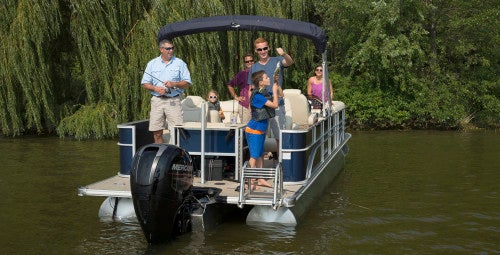 10 Great Small Pontoons
10 Great Small Pontoons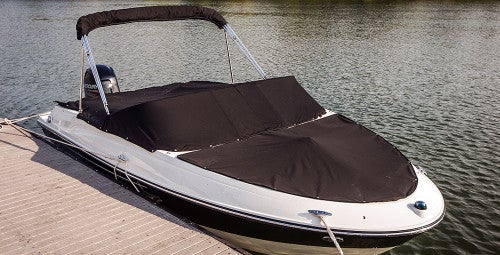 Your Boat Was Expensive—Do You Really Trust a $2 Rope From the Dollar Store to Secure It?
Your Boat Was Expensive—Do You Really Trust a $2 Rope From the Dollar Store to Secure It?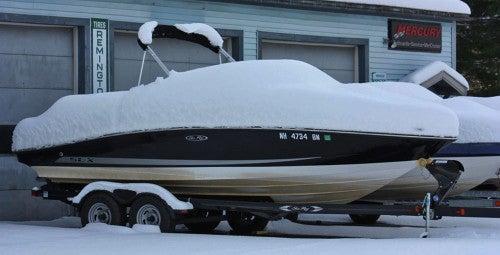 Do I Need Insurance Coverage Against Ice or Freezing Damage?
Do I Need Insurance Coverage Against Ice or Freezing Damage?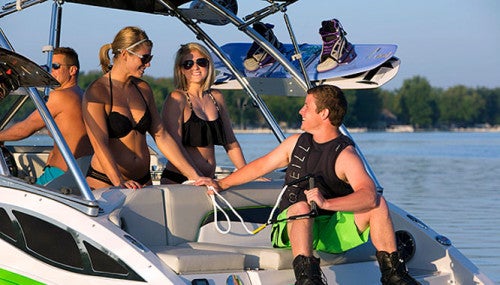 What Kind Of Insurance Coverage Do I Need?
What Kind Of Insurance Coverage Do I Need?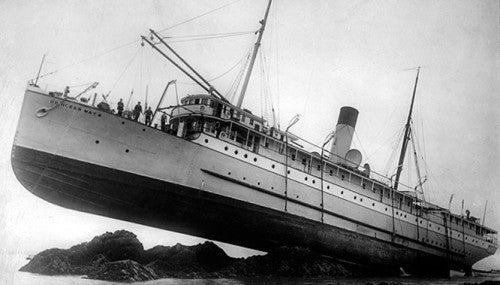 What About Salvage?
What About Salvage?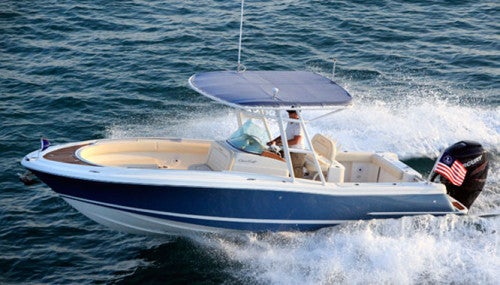 Boat Insurance or Yacht Insurance?
Boat Insurance or Yacht Insurance?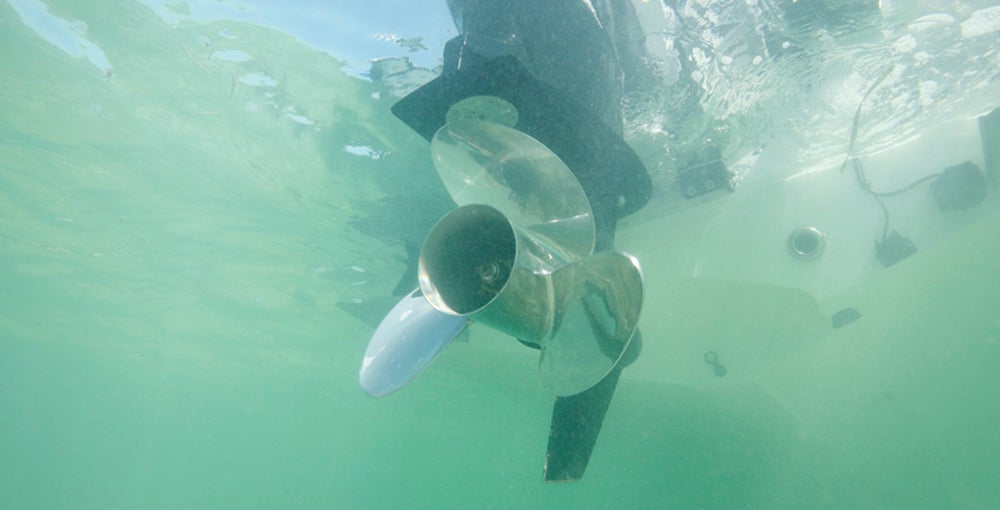
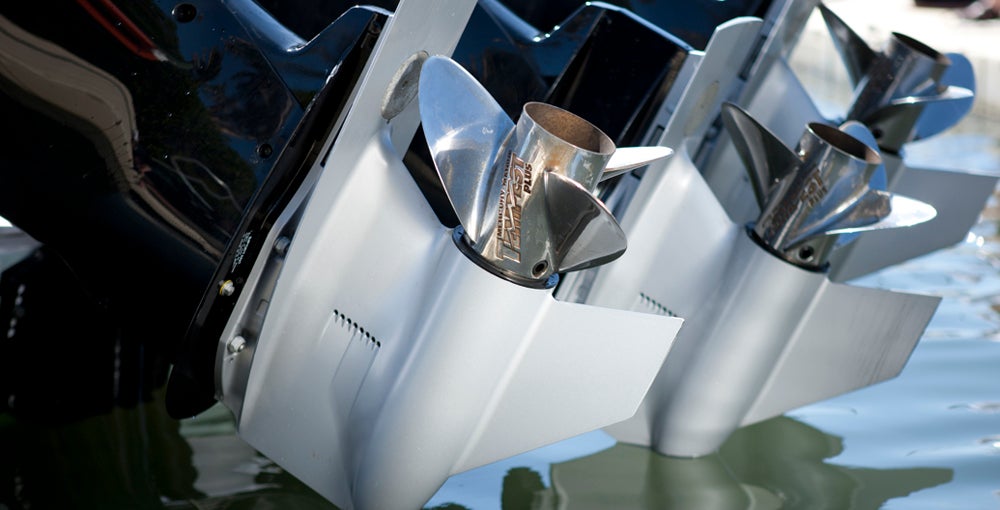
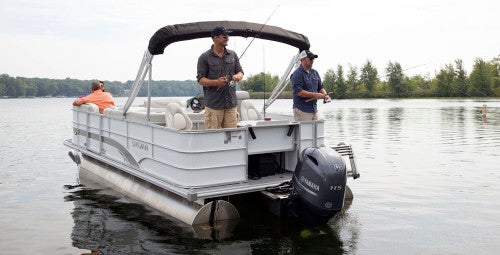
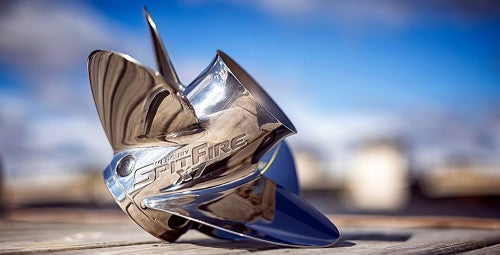
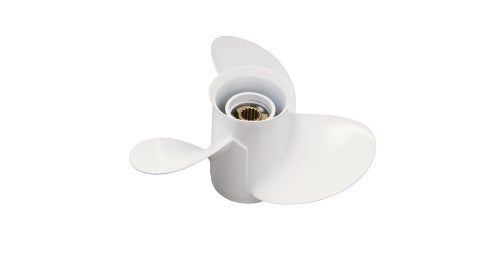
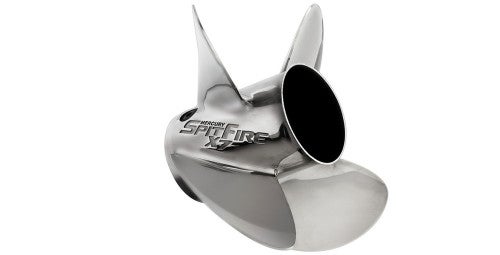
 The Best Bowriders For The Money
The Best Bowriders For The Money
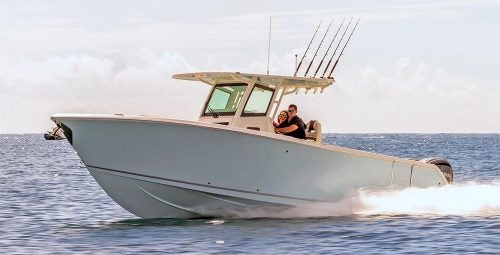 Sailfish 312CC Review
Sailfish 312CC Review
 The Wildest Concept Yachts
The Wildest Concept Yachts
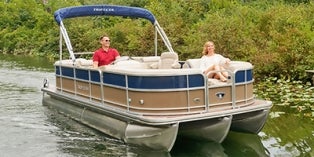 2016 Trifecta 200 Series 220FCR
2016 Trifecta 200 Series 220FCR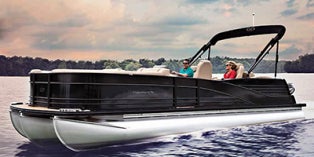 2016 Harris Grand Mariner SL 270 DL
2016 Harris Grand Mariner SL 270 DL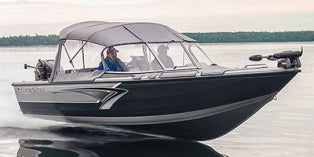 2016 Crestliner Authority 2050
2016 Crestliner Authority 2050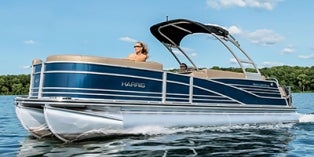 2016 Harris Grand Mariner SL 230 DLDH
2016 Harris Grand Mariner SL 230 DLDH
